From the possible return of neoclassical mandates to a threatened clampdown on immigration, Chris Fogarty assesses the potential impact of a second Trump presidency on US architecture
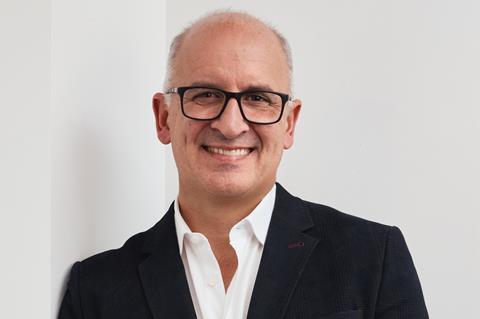
Many of my firm’s clients are New York developers. Almost universally, they dream big, love building, and are often late with their payments. They’re also smart, well-educated, fun, and appreciative of good design. I enjoy collaborating with them to shape the city I call home.
Occasionally, though, you encounter a client who’s just too much. You block their calls and avoid working with them – they’re unreasonable, aggressive, and not just late with payments, but sometimes they don’t pay at all. Trump was one of those clients for many architects.
Now he’s back for a second term as US President. With so many truly important issues at stake over the next four years, it feels almost petty to consider the impact of his presidency on architects. But this is an architectural column, so I’ll give it a shot.
On an emotional level, we’re in for four more years of heightened anxiety. The relief many felt in New York City when he lost in 2020 was palpable. Among our staff, some will feel under threat because of their sexuality or ethnicity. Others, especially those on work visas, will worry about their immigration status. Trump’s actions will cause endless news cycles of self-created drama that will make every day fraught and exhausting.
Economically, architects and the building industry will likely fare well. Trump is, at heart, a developer. His 2017 tax cuts were very pro-development, focusing on economically distressed communities by offering tax incentives for long-term investments. Under Biden, the economy has been growing steadily, and inflation finally seems to be under control. Interest rates will hopefully continue to decline, and the demand for housing remains incredibly strong. The Biden infrastructure bill will keep pumping money into the construction sector – though, of course, Trump will take credit for any successes.
Architecturally, we can expect Trump to reinstate his directive mandating that all federal buildings be designed in a neoclassical style
That said, Trump could destabilise the economy with tariffs and aggressive immigration policies. Tariffs would significantly increase construction costs, as over a third of construction materials are imported from overseas. Similarly, his push to deport undocumented immigrants could devastate the construction workforce – undocumented workers make up nearly a quarter of the construction labour force nationwide, and that percentage is even higher in New York City. If he succeeds in these actions, the construction industry could grind to a halt.
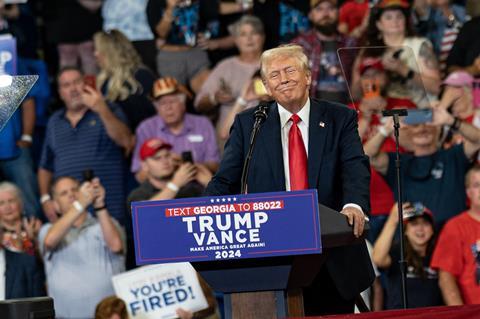
Whether he can achieve his goals remains to be seen. Trump talks a big game, but like many blowhards, he often fails to deliver. While he’s surrounded himself with loyalists eager for self-promotion, one can only hope that others in power will resist his more outlandish ideas.
Architects had benefited in particular from Trump’s 2017 tax bill. Unlike other professional services, such as law or medicine, architects and engineers were classified as part of the construction industry. This allowed partners in firms to pay only 20% on pass-through income instead of the usual 30–40%. This exemption was set to expire in 2025, but with Trump back, it’s now very likely to stay.
Architecturally, we can expect Trump to reinstate his directive mandating that all federal buildings be designed in a neoclassical style. He signed this into law at the end of his last term, only for it to be swiftly reversed by Biden. If reinstated, it will spark endless debates within the profession, impacting the design of new federal courthouses, offices, and embassies.
It’s going to be a long four years. The 2026 midterm elections offer hope, as Democrats may reorganise and regain control of the House and Senate, restoring some guardrails. But Trump’s actions won’t just affect us here in the US – they’ll reverberate globally. Buckle up!
>> Also read: Trump issues order to make America classical again
Postscript
Chris Fogarty is co-founding principal of Fogarty Finger


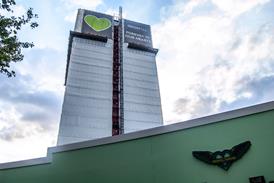
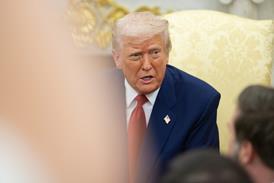
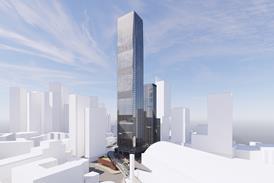
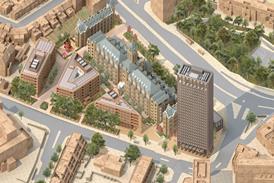










3 Readers' comments